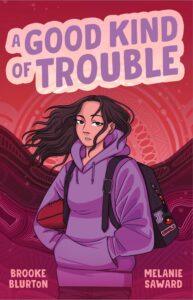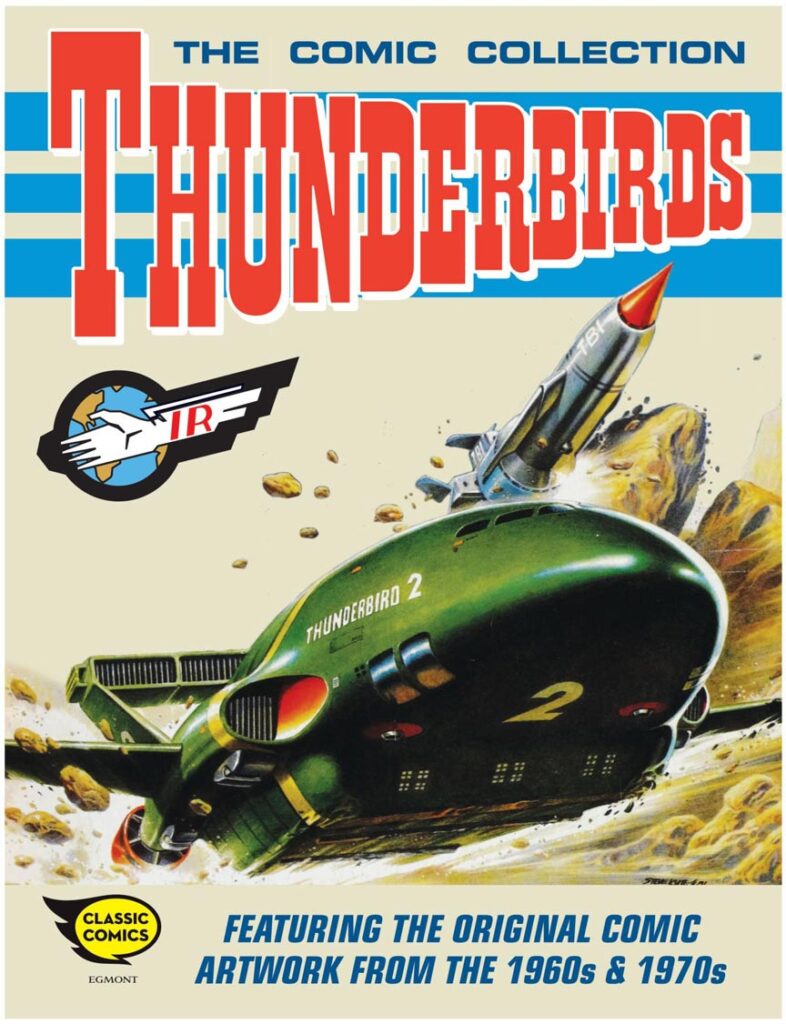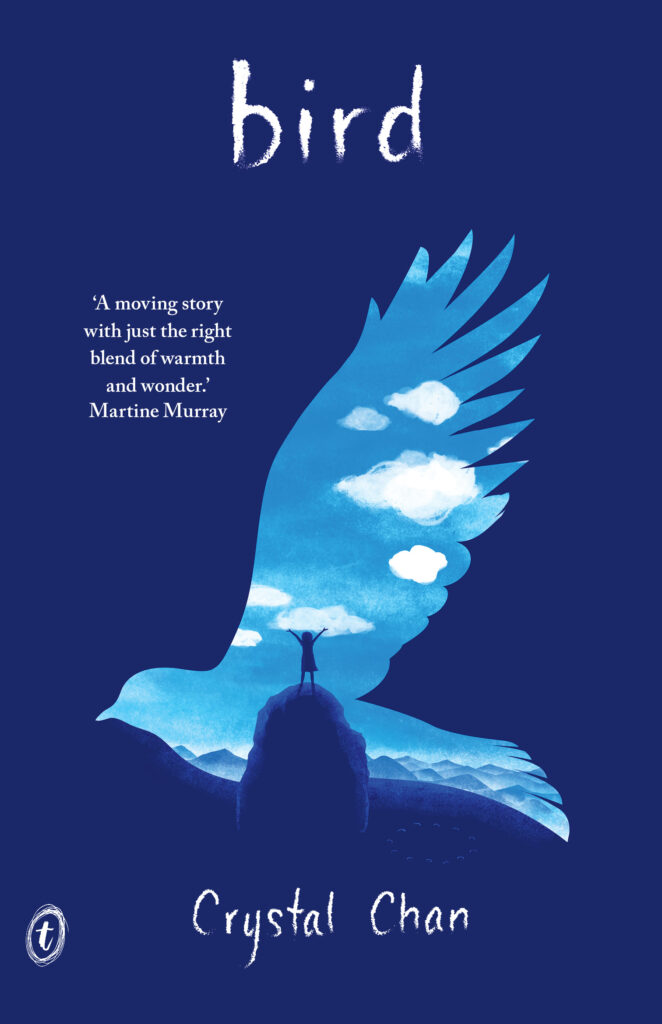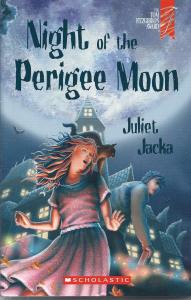Brooke Blurton and Melanie Saward, A Good Kind of Trouble, HarperCollins AU, January 2025, 256 pp., RRP $19.99 (pbk), ISBN 9781460761496

A Good Kind of Trouble opens with a journal entry for a school assignment from 14-year-old protagonist Jamie, who is Noongar, from Western Australia and lives in the fictitious regional town of Parkerton. Through her eyes and words, we see she’s close to her family, looking after her cousins while juggling school, footy and her growing feelings for best friend, Loz, who’s crushing on Jamie’s brother.
The arrival of the new girl in the opening pages hints at more issues brewing below the surface.
Even though Stella Jones sounds like a wadjela name, with her long brown curls, dark eyes and brown skin, she’s definitely a Blakfulla.
I hold my breath, knowing that she’ll be sent back to sit with us. Mrs Camden is nice enough, but she’s got a habit of grouping all us mob together. (p. 6)
Jamie’s been thinking about how things are at school for a while. When her thoughts bubble up and spill over History class, she knows it’s time to speak out. With Stella’s support, Jamie finds the courage to challenge the narrow version of Australian history being taught at school. What starts out as a project about disparities within the school and curriculum in relation to First Nation students soon becomes a broader enquiry into groups of people being sidelined, stereotyped or excluded. But action comes at a price.
On the surface, A Good Kind of Trouble, the first title in a new series, is about football, friendship and family. But at its heart, this is a story about intersectionality, kinship and culture, tied together through the motifs of sport and identity. It’s also a larger story about bringing change through action and finding your voice to tackle inequity and representation to ensure others have a voice.
Indigenous authors Blurton and Saward have penned the protagonist Jamie with a strong and confident queer, Indigenous voice that is authentic and empowering, and likely to ignite a fire of activism within many young adult readers.
An inspirational, highly relatable read for ages 13+ and a promising start to a new series.
Reviewed by Maura Pierlot




